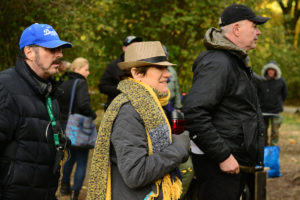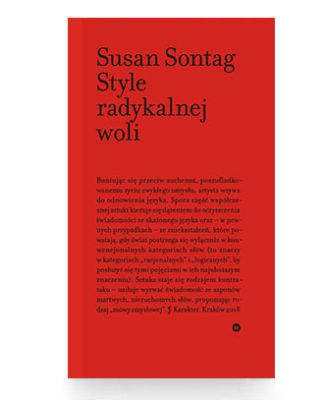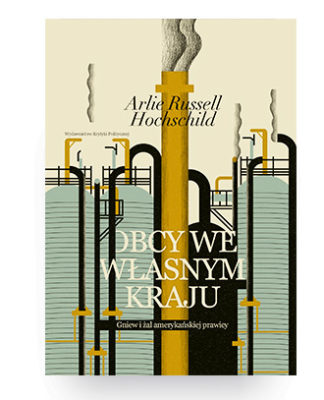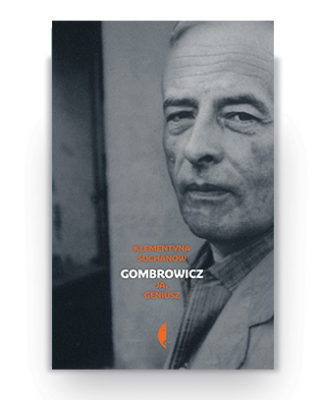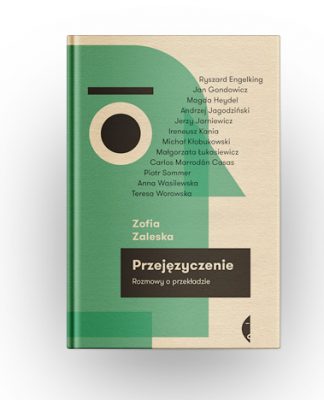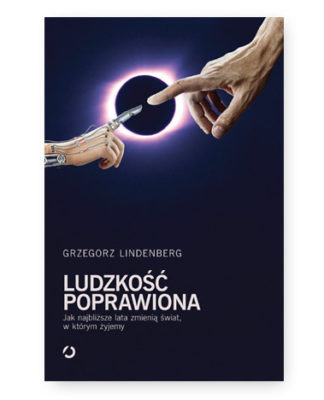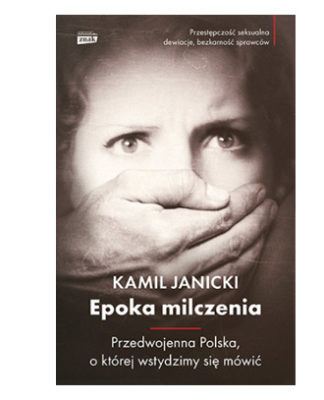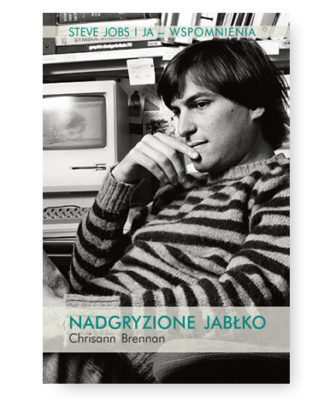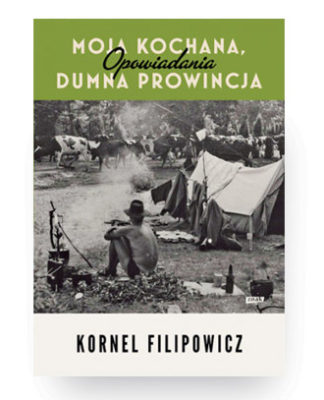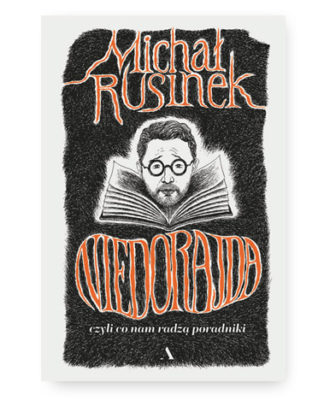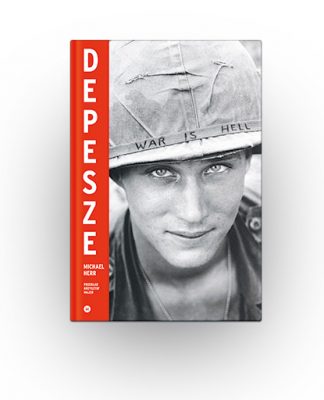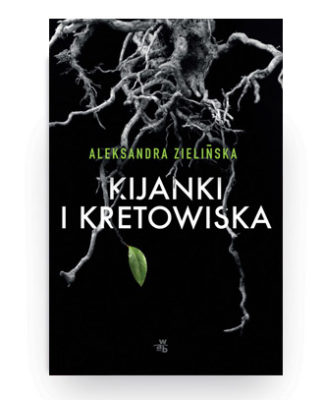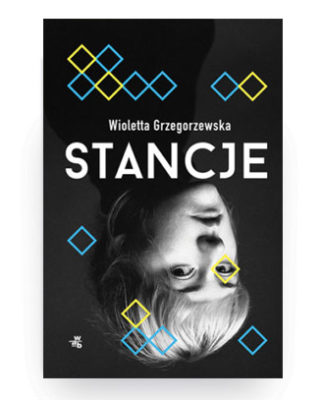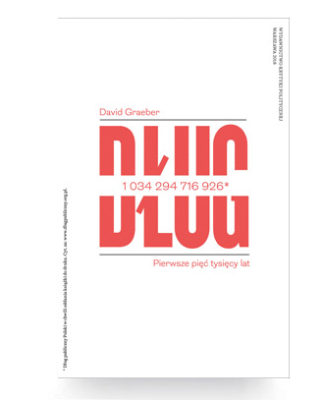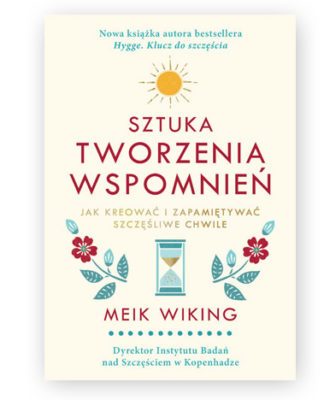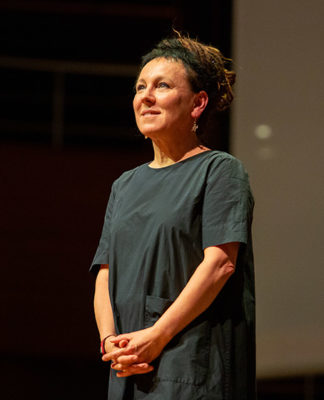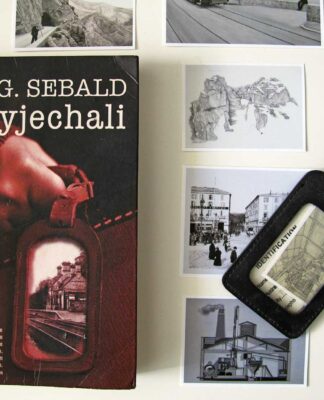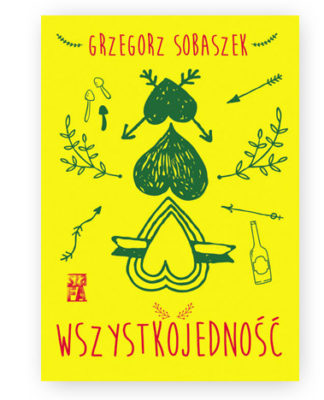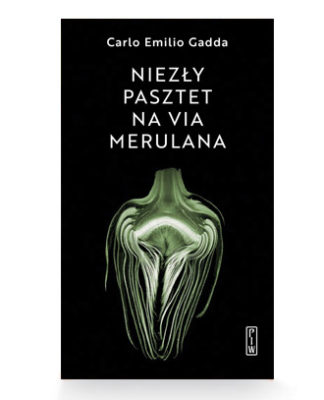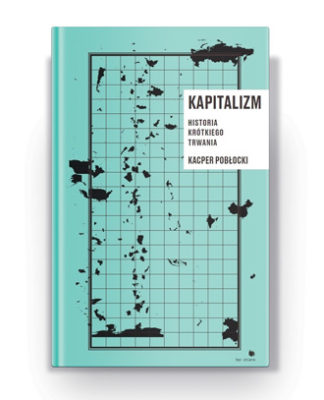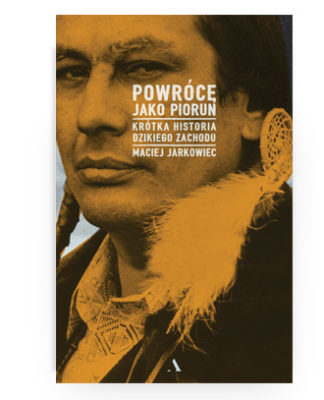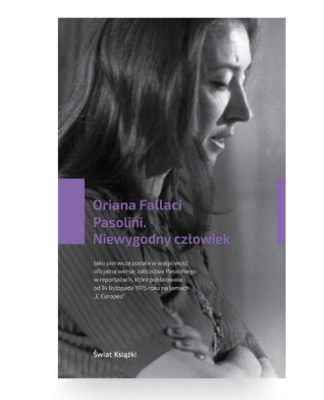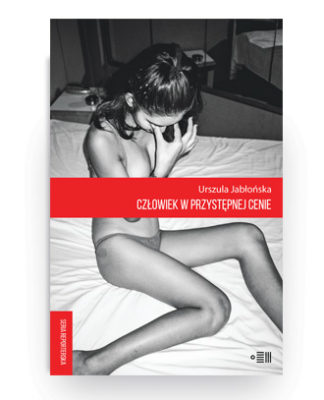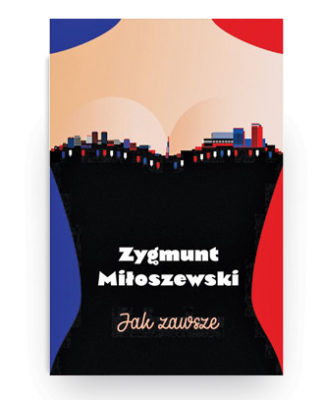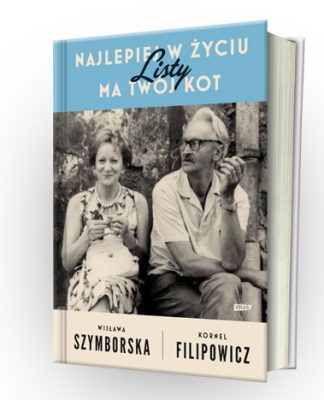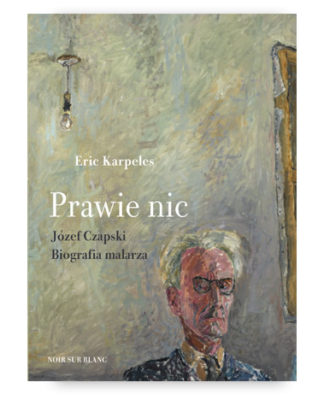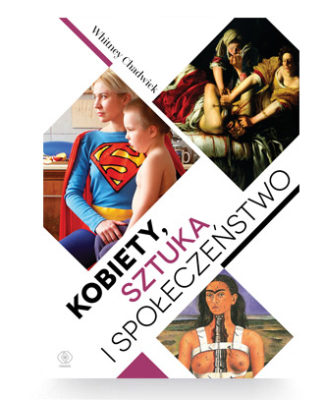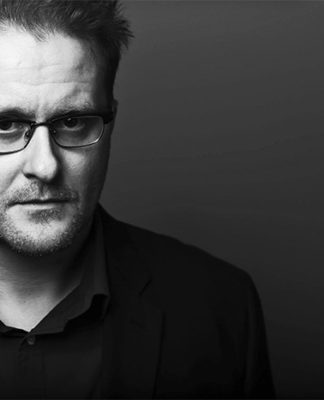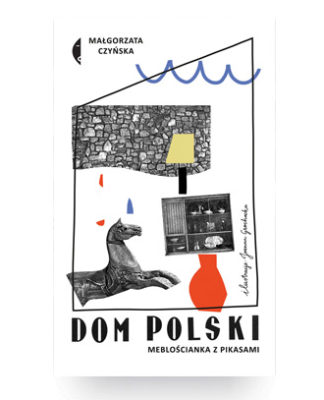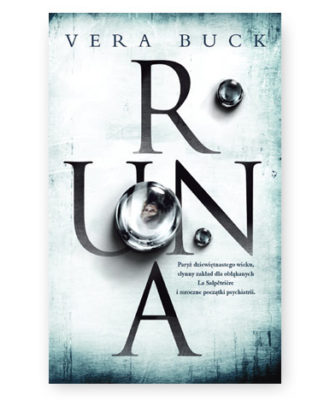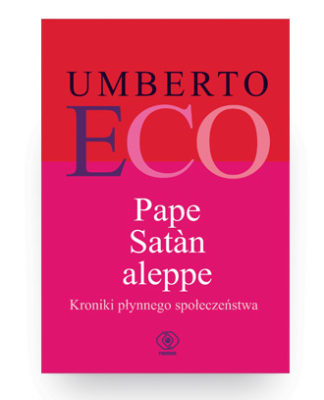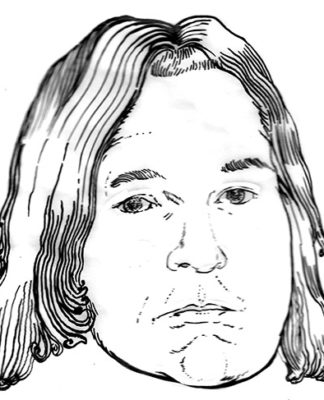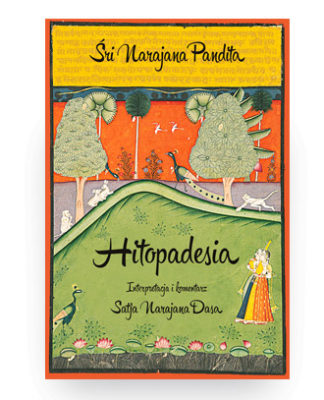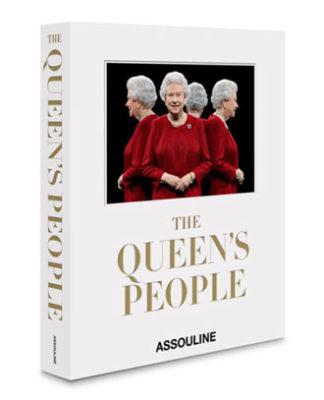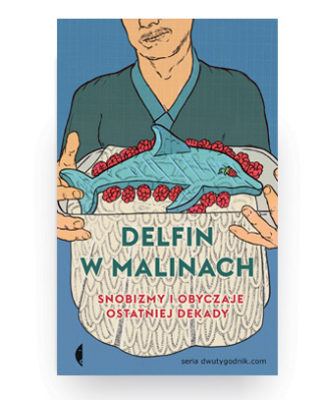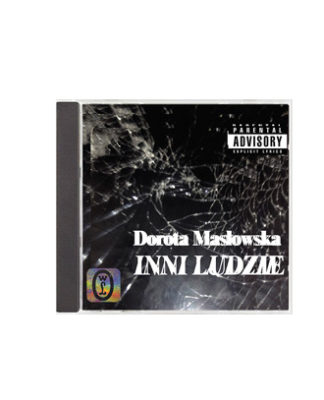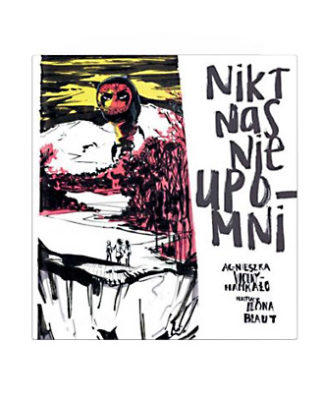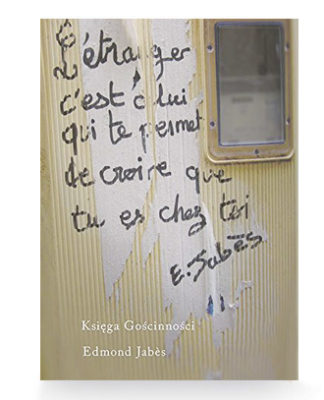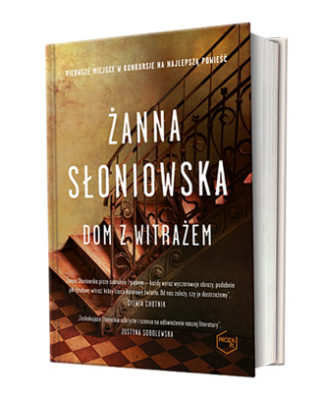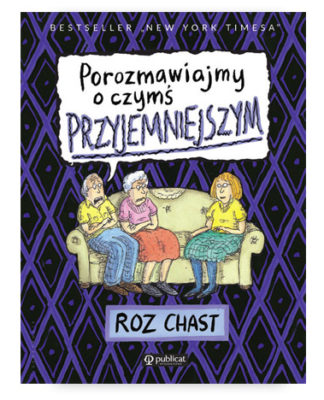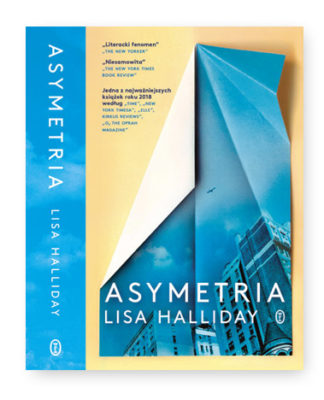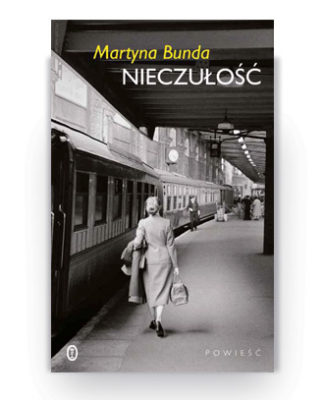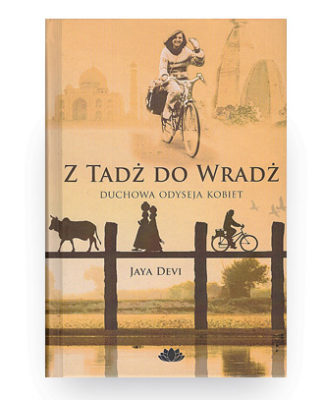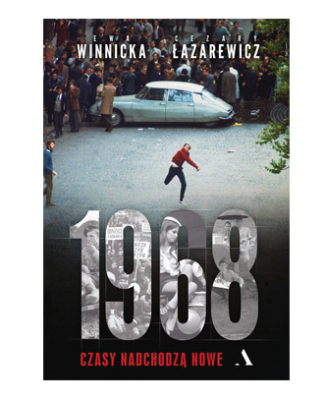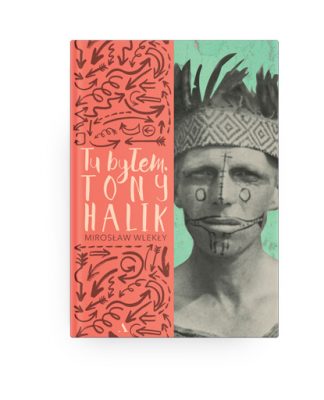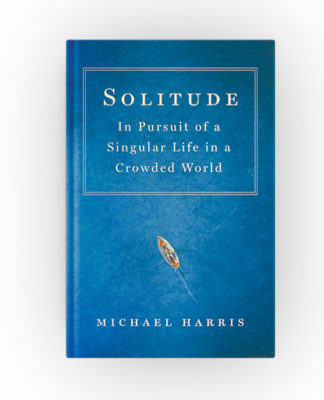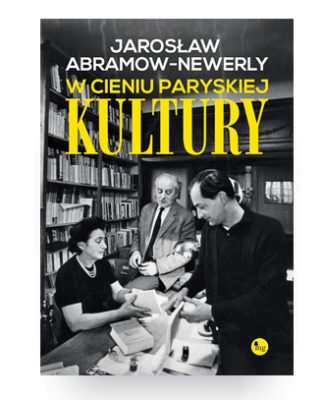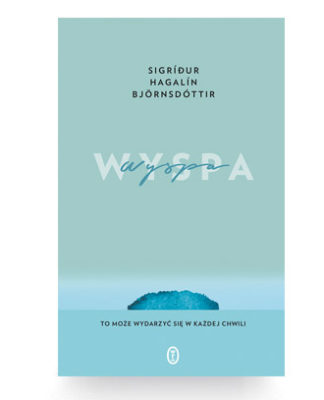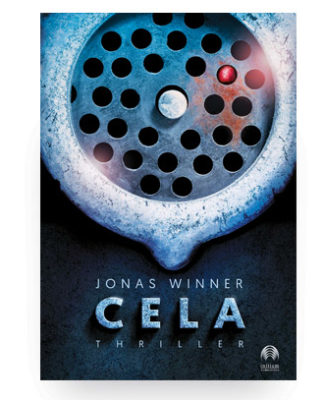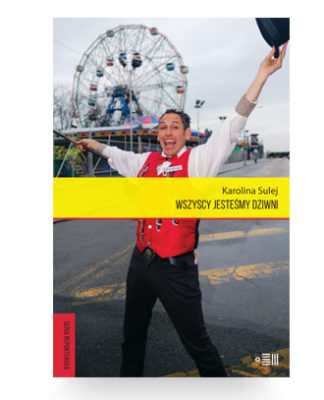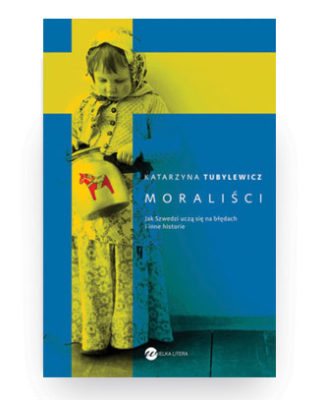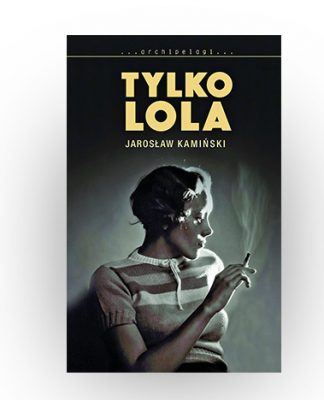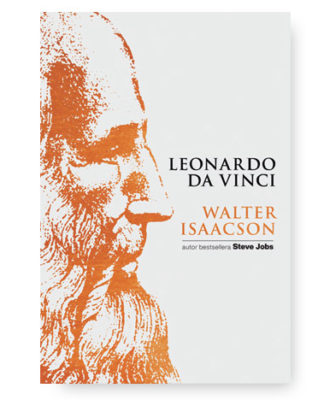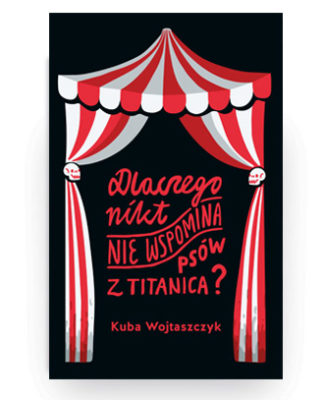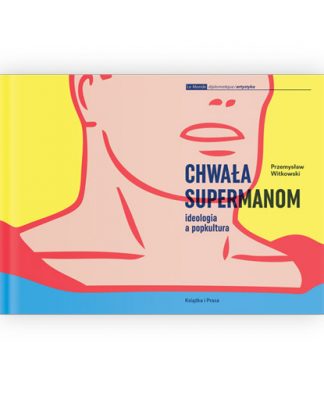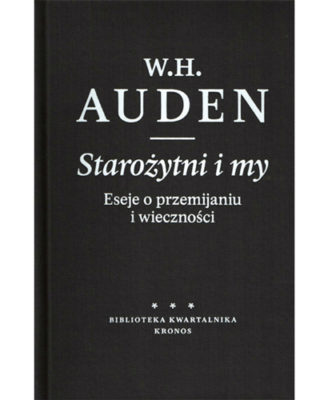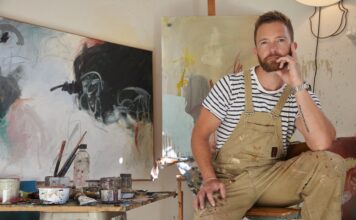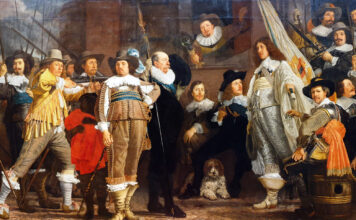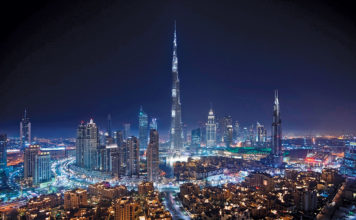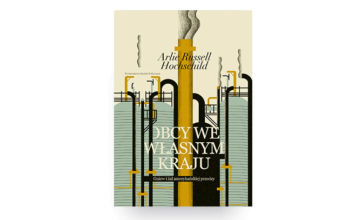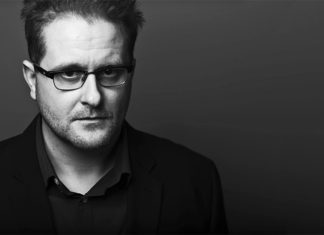![]()
Co mają ze sobą wspólnego Bauhaus, Francis Ford Coppola, Łódź i tresowane niedźwiedzie? Odpowiedź brzmi: MARTHA COOLIDGE. Pierwsza kobieta na stanowisku prezydenta Amerykańskiej Gildii Reżyserów, reżyserka takich kultowych filmów jak Historia Rose z Laurą Dern, Dziewczyna z doliny z Nicolasem Cage’em, Angie z Geeną Davies, Kariera Dorothy Dandridge z Halle Berry i Klausem Marią Brandauerem, komedii romantycznej Książę i ja, czy wreszcie seriali CSI: Kryminalne zagadki Las Vegas czy Seks w wielkim mieście. Spotykamy Marthę Coolidge w Krakowie, na planie jej najnowszego filmu Znajdę Cię.
Tekst: Jansson J. Antmann
Jak się pani podobała Łódź, kiedy kręciła tam pani zdjęcia?
Bardzo! Jeździliśmy po mieście i widziałam te wszystkie kamienice, które mnie zafascynowały. Powiedziano mi, że są przykładem łódzkiego modernizmu. Jestem córką dwojga architektów. Oboje studiowali u Gropiusa, kiedy ten przeprowadził się do Ameryki i uczył na Harvardzie. W związku z tym dorastałam w domu inspirowanym Bauhausem, więc modernizm jest mi bardzo bliski. Zwiedzałam Łódź, szukając budynków w tym stylu. Znalazłam ich mnóstwo obok starego niemieckiego banku, pomogliśmy w ich odnowieniu i włączyliśmy do filmu. Chciałam pokazać nieco prawdziwego, pięknego przedwojennego bauhausowego designu z wieku, a nie tylko architekturę XIX-wieczną.

Łódź – Księży-Młyn. Fot: Jarosław Sosiński
Jak stałaś się reżyserką?
Zetknęłam się z nią na uniwersytecie, pierwszy film zrobiłam już w trakcie pierwszego semestru, ale pierwotnie zaczynałam jako piosenkarka. Nie byłam wprawdzie religijna, ale chciałam śpiewać, więc zapisałam się do chóru, tak jak postąpiłby każdy. Potem śpiewałam w teatrze i nawet dostawałam wiodące role w musicalach, zanim w końcu wylądowałam jako gitarowa solistka w kawiarniach z własnym zespołem u boku. Nagle jakoś pojawił się film i porzuciłam śpiewanie.
Wróciłaś do tego potem?
Od czasu do czasu wracam, ale szczerze mówiąc, jeżeli chcesz śpiewać, musisz to robić ciągle. To nie może być coś, co robisz od czasu do czasu. A poza tym rośnie mi gula w gardle ze stresu spowodowanego byciem reżyserem, więc śpiewanie jest wykluczone. W życiu trzeba dokonywać wyborów.
Jakiego rodzaju jest to stres?
To jeden wielki stres! Tak naprawdę musisz być osobą, którą nakręca adrenalina. Stres związany z reżyserią polega na tym, że jesteś osobą, która musi wykonywać wiele zadań, a jednocześnie trzeba cały czas mieć świadomość, że moment, w którym coś filmujesz, to jest ten „jedyny moment”. Innymi słowy budujesz go… i stajesz twarzą w twarz ze wszystkimi decyzjami, które musisz podjąć na przyszłość… Jaki scenariusz, jakie miejsce, jaki budżet, obsada, jak ma to wszystko wyglądać, jakie kolory zastosować itd. To trwa i trwa aż do momentu, kiedy się pojawiasz, jak dzisiaj. Kiedy nagle uświadamiasz sobie, że jest za mało samochodów, za mało ludzi. Nagle pojawia się rosnąca lawina zmartwień i możliwych rozwiąza , które trzeba rozważyć i nagle jeszcze przychodzi pytanie, o czym jest to wszystko. To czasami prowadzi do momentu, kiedy wygląda to na prawdziwe szale stwo. Na przykład pewnej nocy kręciliśmy dużą scenę akcji w Łodzi na terenie tzw. getta i nagle spadła na nas olbrzymia ulewa! Nigdy nie kręciłam w takim deszczu, zwłaszcza że nie miało wcale padać, to była pierwsza taka sytuacja dla mnie. Trudna i naprawdę wymagająca, ponieważ robiliśmy właśnie triki kaskaderskie, co w deszczu było jeszcze bardziej niebezpieczne. W dodatku nie byliśmy pewni, czy materiał będzie pasował do scen nakręconych wcześniej, ale udało się.
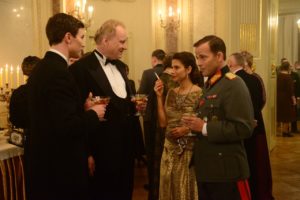
Czy to właśnie poszukiwanie tego „jedynego momentu” skłoniło panią do poświęcenia się filmowi bardziej niż teatrowi, w którym…
Wszystko się ciągle zmienia! To fakt. W teatrze nic nie trwa wiecznie… Nie można wrócić i zobaczyć czegoś jeszcze raz. To zresztą bardzo dobre pytanie, bo kocham zarówno teatr, jak i film. Mam doświadczenie w zakresie budownictwa i architektury, muzyki, reżyserii i aktorstwa. Byłam też fotograficzką i rytownikiem. To, co w filmie kocham, to właśnie fakt, że jest w nim po trochu z tych wszystkich dziedzin. To sztuka wizualna. Film zawiera wszystko to, co kocham. Oczywiście, podobnie jest, jak się reżyseruje sztukę teatralną, ale to bardziej ogranicza. W zeszłym tygodniu nagrałam trzy sceny z Tristana… Wow! Ile było zabawy! Uwielbiam operę. Wydaje mi się, że to ostatni bastion prawdziwie artystycznego teatru. Może być surrealistyczna i ekspresjonistyczna, jednak tak naprawdę to film mnie pociąga, bo mój umysł po prostu tak pracuje. Nie każdy tak ma. Uwielbiam złożoność, ale też lubię prostotę. Najlepsze filmowe historie są zwykle bardzo proste i warstwowe ułożenie fabuły sprawia, że film komplikuje się na innym poziomie. Bardzo lubię, kiedy można coś przekazać bez słów, bez pisania i mówienia. Otoczenie mówi bardzo wiele: ludzie i ich działania, ich charakter, to, co robią, jak decydują o tym, co przeczytać czy napisać. W Connecticut zaczęłam kręcić filmy dokumentalne i zauważyłam, że ludzie wyrażają siebie poprzez swoje otoczenie. Możemy zobaczyć, kim są, a ich charakter nie wyraża się tylko sposobem, w jaki siedzą, chodzą czy mówią, ale też poprzez ich książki, biurka i wszystkie rzeczy, które ich otaczają. Wszystkie te elementy przekazują nam pewną wiedzę i można przez nie pokazać sprzeczności. Można na przykład pokazać, że ktoś jest szalony, mimo że zachowuje się normalnie. Można pokazać, że ludzie cię kochają, chociaż zachowują się, jakby nienawidzili. W sztukach teatralnych też można to wszystko pokazać, ale film jest w tym perfekcyjny.
Kiedy reżyserujesz, realizujesz swoją wizję. Jednak jak reżyser taki jak pani radzi sobie z wtłoczeniem w ramy serialu, jak np. Seks w wielkim mieście czy CSI?
To zupełnie inny rodzaj pracy. Można wykonywać swoje rzemiosło i bardzo to szanuję, ponieważ dzięki takim projektom mogę pracować nad innymi gatunkami, na co inaczej nie miałabym szans. Nikt by mnie nie zatrudnił do pracy nad tyloma filmami kręconymi osobno, nie jako seria. Ze wszystkich realizacji telewizyjnych, które zrobiłam, CSI właśnie, co może dziwić, najbardziej mi pasował. To bardzo bogata produkcja, ma świetnych scenarzystów, co nie zawsze jest doceniane. Jest też bardzo dobrze zrealizowana. Wszystko jest świetnie zorganizowane, wspaniale jest podpatrywać ludzi w Las Vegas, które w pewien sposób jest kloaką świata. Co ciekawe, to w takim samym stopniu jaskinia nieprawości, jak i światowego życia. W skrócie: jeden wielki fałsz. Kiedyś pojechaliśmy na ślub do Las Vegas i mój syn powiedział mi: „Wiesz, mamo, mam wrażenie, że całe to miasto to jeden wielki automat do gry”. To bardzo trafne spostrzeżenie, to wspaniałe miejsce do analizy zbrodni i przestępczości. Aż ciężko uwierzyć, że to normalne miasto, w którym żyją ludzie i dzieci chodzą do szkoły. Jako lokalizacja takiego serialu jak CSI jest lepsze niż Nowy Jork, Los Angeles czy Miami. Te miasta też mają swoją ciemną stronę, ale ciemna strona Las Vegas jest naprawdę bardzo ciemna. Dlatego pewnie ten serial tak dobrze wyszedł i okazał się hitem. Bardzo podobało mi się badanie najciemniejszej strony ludzkości, a teraz tu i teraz zmierzam się z tym, co można nazwać najmroczniejszą godziną w życiu ludzkości i ludzkiej natury. Jestem przekonana, że to bardzo ważne i trzeba się z tym zmierzyć.

Zdjęcie z planu Znajdę Cię, Adelaide Clemens i Leo Suter, Park Poniatowskiego, Łódź. fot. Witold Bączyk
Czy zetknęła się pani kiedyś z czymś tak mrocznym, że zrezygnowała pani z filmowania tego?
Tak, właśnie przy kręceniu Znajdę Cię. Pewnych rzeczy nie pokazuję, bo ten film powinien spodobać się całemu światu. Chciałabym odpowiedzieć dzięki niemu na kilka pytań dotyczących II wojny światowej. To jednocześnie naprawdę piękna opowieść o miłości ze szczęśliwym zakończeniem prawdziwie tragicznej części naszej historii. Widzieliśmy już wszystkie filmy i dokumenty oraz historyczne zdjęcia z tego okresu, więc nie ma zwyczajnie sensu pokazywać ich od nowa. Tarantino swoim Bękartami wojny pokazał nam, jak zrobić film, zawierający wielkie sceny, oparty na założeniu, że publiczność wie, kim byli naziści i co zrobili. Też tak to czuję. Nie mam potrzeby pokazywania życia w obozie koncentracyjnym czy walki na froncie. Można zobaczyć mnóstwo filmów o tym. To nie ma związku z moją historią. To opowieść o poszukiwaniu kogoś w chaosie i bałaganie pozostałym po trwającej pięć lat wojnie, ze wszystkimi dokonanymi zniszczeniami i zabójstwami, czasie, kiedy ludzie nie mogli odnaleźć swoich bliskich i o stratach w Polsce, stratach Żydów, utracie marzeń i politycznym zamieszaniu, które dotknęło każdego. To warto pokazać jeszcze raz. Przedstawiam kilka scen, które wydarzyły się cztery dni po wyzwoleniu Bergen-Belsen. Widzieliśmy materiał filmowy, na którym wszyscy byli szczęśliwi. A co się działo, gdy wysyłano coraz więcej członków Czerwonego Krzyża, ale ciągle zbyt mało? Ludzie umierali, bo zaczynali jeść, inni oddalali się od obozu i trzeba było ich znowu złapać, bo przecież wojna jeszcze się całkiem nie skończyła. Pośród tego wszystkiego trwają poszukiwania tych, którzy mogą żyć albo już nie żyją, tych, którzy mogli nie przeżyć śmiertelnego marszu. Tego nie widzieliśmy wcześniej. I jeszcze jest ruch oporu. Mimo że jest wiele polskich filmów o polskim ruchu oporu, reszta świata nie wie, jak niesamowicie silny i solidny był to ruch i jakie były rezultaty jego działań. Polska jest często przedstawiana jako kraj, którego pożądały i Niemcy, i Rosja. To kraj, który przez 200 lat nie miał niepodległości. Wiedziałam o tym, chociaż właściwie nie zarejestrowałam faktu, że tuż przed wojną Polska przeżywała swój złoty wiek, pełen marzeń, tak jak zawsze Ameryka. I nagle, znienacka BOOM! Polacy zostali zmieceni z powierzchni ziemi.
Jak pani zdaniem zachowa się przeciętny amerykański widz, oglądając antytezę „amerykańskiego snu”?
Myślę, że się zidentyfikuje z tym i będzie bardzo zaciekawiony. Wszyscy moi studenci już zapowiedzieli, że bardzo chcą zobaczyć ten film. Wciąż nie znaleźli odpowiedzi na pytanie „Jak ludzie mogli coś takiego zrobić ”. Być może nigdy nie znajdziemy ostatecznej odpowiedzi, ale chodzi o to, by nie przestawać zadawać tego pytania. Ci młodzi ludzie nie wychowali się, tak jak ja, na takich produkcjach jak francuski film dokumentalny z roku Noc i mgła, opowiadającyo Holocauście i wyzwoleniu Auschwitz i Majdanka, czy Hiroszima, moja miłość z 1969, o parze kochanków po wybuchu bomby atomowej. Mimo to są ciekawi. Pojawiła się cała seria nowych filmów o II wojnie światowej, ale są to filmy akcji. To dobrze, każdy chce być bohaterem, ale dla mnie jest to film o drodze bohatera bohatera zupełnie innego rodzaju. Bohatera, który musi poświęcić się jednemu celowi, którym jest ocalenie miłości. Ona jest Żydówką i połączyła ich muzyka. On wie, co się z nią stało, znajdzie ją i szukając, dorasta i się uczy. Jest związany z tą dziewczyną, to wszystko może się przydarzyć kiedykolwiek i gdziekolwiek podczas wojny, w obozie koncentracyjnym czy obozie dla przesiedleńców. On ją kocha i znajdzie ją… To takie proste.
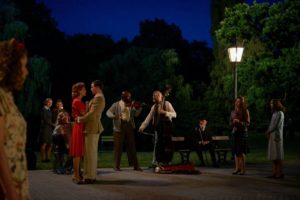
Czego się pani nauczyła, kręcąc ten film?
W Los Angeles spotkałam się z ocalałym z Auschwitz. Powiedział, że takie rzeczy nadal będą się zdarzać.Jest dosyć cyniczny, ale ma do tego prawo. Z drugiej strony, myślę, że Amerykanie nie przeżyli aż takich okropności, więc często dorastają bez uczucia cynizmu. To niedobrze. Myślę, że powinniśmy nauczyć się tego, że ludzie są zdolni pójść jakąkolwiek drogą, zależnie od okoliczności i tego,
kim są, jaką edukację odebrali i jakie doświadczenia, okazje, możliwości spotkali w życiu. Co byś zrobił, by zachować życie? Czy byłbyś na tyle zapobiegliwy, by opuścić swój kraj czy raczej wolałbyś rzucać się w oczy, z przekonaniem, że to się nie zdarzy? Czy jeśli jesteś w obozie, będziesz współpracował? Co zrobisz? Każdemu jest dany wybór, ale ten wybór nie jest łatwy, jeżeli jesteśmy pod presją albo się boimy. Ocalały z Auschwitz tak mi powiedział: „Człowieczestwo traci się bardzo szybko. Ale to nie jest tak, że każdy człowiek dba tylko o siebie”. Ucieszyłam się, ale mówiłdalej. „Każdy człowiek dba o siebie i swojego przyjaciela”. Powiedział, że albo jesteś z kimś związany i dzięki temu przeżyjesz, albo przeżyjesz, bo wierzysz, że jest gdzieś ktoś, dla kogo warto żyć. Prawdziwymi socjopatami byli ci, którzy zostali mianowani kapo. Naziści mieli dobrze przemyślany proces selekcji ludzi, którzy byli gotowi stać się potworami. To, że człowiek może być tak bezbronny i podatny, jest przerażające. Człowiek jest zdolny do takich czynów, musimyo tym wiedzieć, bo taka jest ludzkość. Nikt inny, tylko człowiek. Nie powinniśmy oceniać innych i mówić, że są źli, a my jesteśmy dobrzy. Żli ludzie są wszędzie.
Ta zdolność człowieka do bycia potworem przypomina mi Jądro ciemności Josepha Conrada…
To dokładnie to! Zostało to uwiecznione przez Francisa Forda Coppolę w Czasie apokalipsy… To był swojego czasu mój ulubiony amerykański reżyser i kiedyś nawet trochę pracowałam nad Czasem apokalipsy. Napisałam kilka esejów o tym, jak zmierzyć się z fotografią i montażem na rzece. Byłam na miejscu, w trakcie zdjęć do tego filmu, widziałam wszystko, słyszałam wszystko. Potem pracowałam z większością ludzi z tej ekipy. Wiele nauczyłam się od Francisa o konstruowaniu filmów. Myślę, że lubił moje filmy, bo inaczej dlaczego by mnie wybrał? Pamiętam, jak powiedział: „Będziesz kobietą, która udowodni, że nie jesteśmy mizoginistami, którymi jesteśmy” (śmiech). Śmieszny facet.
Producentem Czasu apokalipsy był Fred Roos, teraz to on jest producentem pani filmu Znajdę Cię. Czego panią nauczył?
To prawdziwa legenda, jeśli chodzi o casting. Jest bardzo spokojny, chociaż nie widać tego po nim, jak się na niego spojrzy. Jest też bardzo spostrzegawczy. Chcieliśmy współpracować wielokrotnie po tym i w końcu udało się nam.
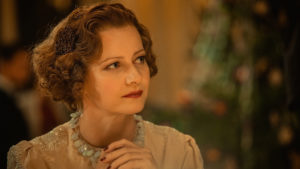
Czy ma pani jakiś trick, by wydobyć z aktora jak najlepszą grę?
Wystarczy zatrudnić najlepsze osoby (śmiech). To kwestia doświadczenia i lat treningu. Przeszłam szkołę Lee Strasberga, Stelli Adler i liznęłam nieco Grotowskiego. Meisner jest chyba moim ulubionym. Czytałam też sporo na temat „Method acting” Strasberga i sama grałam, oczywiście. Trzeba naprawdę kochać naturę człowieka. Najważniejsze to wiedzieć, że nikt nie jest doskonały.
A zwierzęta? Są obecne w pani filmie…
Ze zwierzętami można mieć tylko trzy podejścia do zdjęć, bo nie mają takiej wytrzymałości jak człowiek. Najlepsze efekty są, gdy zwierzę podchodzi do ujęcia maksymalnie trzy razy. Nie można ćwiczyć z nimi podczas prób. Dlatego często zjawiają się na planie ze swoim sobowtórem tej samej maści i wielkości.
A był sobowtór niedźwiedzia?
Nie, był tylko facet w niedźwiedziej skórze… (śmiech) |
![]()
The Complexity of Simplicity
Text: Jansson J. Antmann
What do the Bauhaus, Francis Ford Coppola, Lódź and trained bears have in common? The answer is: MARTHA COOLIDGE. The first female president of the Director’s Guild of America, Martha is the director of cult films such as Rambling Rose with Laura Dern, Valley Girl with Nicolas Cage, Angie with Gina Davis, Introducing Dorothy Dandridge with Halle Berry and Klaus Maria Brandauer, the romantic comedy The Prince and Me, as well as the series CSI: Las Vegas and Sex and the City. We met Coolidge while she was shooting her latest movie I’ll Find You.
What were your impressions of Lódź while shooting there?
I loved it! We were driving around Lódź and I found these buildings, which fascinated me. I was told they were examples of Lódź Modernism . I’m the daughter of two architects. They both studied with Gropius when he moved to America and taught at Harvard. As a result I grew up in a Bauhaus-inspired house and modernism is very close to me. I went around Lódź looking for any more buildings in that style. We found a whole block of modernist buildings, which we helped refurbish near the old German bank, and included them in the movie. I was really pleased, because I wanted to really show some beautiful pre-war, 20th Century Bauhaus design, and not just 19th Century architecture.
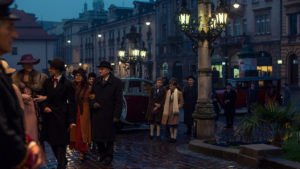
So how did you get into filmmaking?
I got into it at university and made my first film during first semester, but initially I started out as a singer. I wasn’t religious, but I wanted to sing so I joined the choir like everybody else. Later I sang in theatre and had lead roles in musicals, before finally singing in coffee houses with my guitar and my own band. Once film got in the way however, I gave up singing.
Have you ever gone back to it?
I have from time to time, but to be honest, if you want to be a singer, you have to sing consistently. It’s not something you can just do from time to time. Besides which, I now have nodes from the stresses of being a director, so singing’s out. You have to make your choices in life.
What are the stresses of being a director?
What aren’t the stresses! Basically you have to be an adrenalin-driven person. The stresses of directing are that you re always multi-tasking, but you always have to understand that the moment you film something, that is your forever moment. So in other words, you build up and there’s all these decisions you have to make for months in advance… the script, the location, the budget, the cast, what’s it going to look like, the colours, and so on. These things go on and on and on until you show up, like today, and discover there aren t enough cars and we don t have enough people. There’s an ever-increasing number of worries and issues to deal with and yet, when you’re right in the moment, you have to look at the actor and they have to be great… and that’s what it’s all about. It all leads up to that moment and sometimes it gets really crazy. For example, one night we were filming a big action scene in Lódź in the so-called ghetto and it was pouring down with rain! I had never shot a scene in the pouring rain, when it wasn’t supposed to be raining, so that was a first for me. It was just miserable and really challenging, because we were doing stunts and the rain made it even more dangerous. On top of that, we weren’t sure if the take would match earlier footage shot… but we did it.
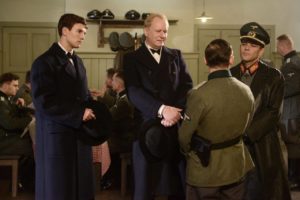
Was it the search for the ‘forever moment’ that drew you to film, instead of theatre where…
… it always changes! That’s right. It doesn’t last forever… you can’t go back to see it. You know, that’s a really good question, because I love both theatre and film, but I think it’s actually because I had a background in building, architecture, music, directing and acting. I was also a photographer and printmaker and what I love about film is that it’s all of it. It’s visual. Film encompasses all of those things that I love. Sure, you also have that when you direct for theatre, but it’s limiting. Last week I shot three scenes from Tristan… WOW! It was so much fun! I love opera. I think it’s the last stand of truly artistic theatre. It can be surreal and expressionistic, but film is what really appeals to me because my mind simply works that way. Not everybody’s does. I like complexity, but I like simplicity. The best stories in film are usually very simple and it’s the layering you do that makes it complex on another level. I love how much you can tell without words, without writing it all down and saying it. You can tell a lot from the environment; the people and their actions; their characters; what they do; what they choose to read and write. I started out making documentaries in Connecticut and I found that people express themselves in their surroundings. You can see who they are and their character isn’t just expressed by the way they sit and walk and talk, but it’s also expressed in their books and their desk and all the things that surround them. All those elements are informative and you can show contradiction. For example you can show that someone is crazy even though they act sane. You can show that people love you, even though they act like they hate you. Plays can achieve that too, but film really excels at that.
When you direct films, it’s your own vision. But how does a director like you cope with fitting in to the framework of a serialized program like Sex and the City or CSI?
It’s not the same job. You can exercise your craft andI really respect it, because thanks to projects like that, I’ve been able to work in so many other genres, which I otherwise wouldn’t get the chance to do, because nobody would hire me to do an entire film in each one. Of all the TV shows I’ve done, I’d actually say that CSI was, oddly enough, the one I was best suited to. It’s a fairly rich show and they have very good writers, which isn’t always appreciated. It’s also very well produced. It’s a great set-up, following people in Las Vegas, which in many ways is the armpit of the universe. Curiously it’s a den of iniquity and mundane at the same time. In short, it’s fake. We went to Vegas for a wedding once and my son said to me, “Mum, I think this entire city is one giant slot machine.” That was a brilliant statement and he’d put his finger right on it, because it’s such a perfect place to study crime and criminality. It’s hard to imagine that it’s a regular city where people live and go to school. As a location for CSI, it’s better than New York, Los Angeles or Miami. They have their dark sides too, but the dark side of Vegas is pretty dark. That’s why I think it worked so well and was such a hit. I really enjoyed putting my hands into the dark side of humanity, and now here I am dealing with what is without doubt the darkest hour of our history and human nature. I think it’s important and we have to deal with it.

Leo Suter (Robert Pułaski), Adelaide Clemens (Rachel Rubin) and Jacob Ifan (David Rosenwald) in front of the Academy of Music, Photo: Jarosław Sosiński
Have you ever encountered something you thought was too dark and you refused to film?
Yes, in this film. I’m not showing some things, because the film needs to appeal to the whole world. I want it to answer some questions about WWII, as well as tell a really nice love story with a happy ending after a really tragic part of our history. We’ve seen all the movies and documentaries and historical footage, so there’s no reason to simply show that again. With Inglorious Bastards, Tarantino showed us how to make a movie, comprising great scenes, based on the assumption that the audience knows who the Nazis were and what they did. I feel the same way. I don’t need to show you what it’s like to live in a concentration camp or fight on the front. You can see loads of other movies about that. It doesn’t relate to my story. But looking for someone in the chaos and mess left after the war that went on for years thereafter, with all the damage done and the murder, when people couldn’t find each other and the losses of Poland, the losses of the Jews, the loss of dreams and the political mess it created for everyone… that’s worth looking at again. I’m showing some scenes that take place days after the liberation of Bergen-Belsen. We’ve all seen footage of how happy they were. But what happens when they keep sending more and more Red Cross in, and it’s just not enough? The people are dying because they’re actually eating; others wander off and they have to be recaptured, because the war isn’t over yet. Amongst all that, you’re looking for someone who may or may not be alive; someone who may have died in a death march. These are things we haven’t seen before. And then there’s the resistance. Even though there have been lots of Polish films about the Polish resistance, the rest of the world doesn’t know how incredibly powerful and tough it was and what the results were. Poland is usually represented as a country that Russia and Germany both wanted. It hadn’t been a country in its own right for 200 years. I’d known that, but I’d never really registered the fact that just before the war there had been a kind of golden age for Poland full of dreams, just like the Americans always have. Then, all at once, BOOM! They were all wiped off the face of the earth.
How do you think that the average American filmgoer will react to seeing the antithesis of the ‘American Dream’?
I think they’re going to identify with it and they’re going to be very curious, because all my film students have said they want to see this film. They still haven’t answered the basic question: “How could people do that?” That question may never be fully answered, but the point is we have to keep asking it. They didn’t grow up the way I did on films like the French documentary film, Night and Fog, which depicts the Holocaust and the liberation of Auschwitz and Majdanek, or Hiroshima Mon Amour in 1969, which is also about a pair of damaged lovers after the bombing. Therefore they’re curious and while there may be a new spate of WWII movies, they’re all action movies. That’s fine and we all want to be a hero, but to me this is a movie about a hero’s journey – a very different kind of hero. He has to commit himself to one goal, which is to save his love. She’s Jewish and they were brought together through music. He knows where she went; he is going to find her; and through the act of looking he really grows up and gets an education. He’s bonded to this girl and these things can happen anytime, anywhere; be it during a war, in a concentration camp, or a displaced person’s camp. He loves her and he’s going to find her… it’s as simple as that.

Photo on set during filming for I’ll Find You, on location at the bank at 15 Roosevelt Street in Łódź, Photo: Jarosław Sosiński
In preparing this project, what did you learn about the human condition?
I met a survivor of Auschwitz in Los Angeles and he said that these things would continue to happen. He’s pretty cynical, but he has a right to be. On the other hand I think Americans all too often get away with growing up without being cynical. I don t think that’s a good thing. I think we need to learn that people are capable of going either way on these issues, depending on their circumstances and who they are, how much education they’ve undergone and what opportunities they’ve been given. What would you do to stay alive? Would you have the foresight to get out of your own country or would you stick it out, convinced that it couldn’t possibly happen? If you’re in a camp, are you going to cooperate? What would you do? We all have choices, but these choices aren’t easily made under pressure and fear. The Auschwitz survivor said to me, “You lose your humanity very quickly, but it wasn t e ery man for himself…” I was pleased to hear that, but he continued, “It was every man for himself and his friend.” He said you either bonded with someone else in a two-person union and survived, or you survived because you believed that there was someone else there you needed to live for. The real sociopaths were the ones they picked to be Kapos and the Nazis had a real selection process to find those people who could turn like that. The fact that we can be that vulnerable is truly frightening. The fact that we are able to do that is something we need to understand, because it’s us! It’s not somebody else. It’s us! We shouldn’t start pointing at others and say that they’re the bad ones and we’re the only right ones. There are bad people everywhere.
That ability to become a monster reminds me of Joseph Conrad’s Heart of Darkness…
That’s precisely what it was about!
It was immortalized by Francis Ford Coppola in Apocalypse Now.
He was my favourite American director at the time and I actually did some work on Apocalypse Now. I wrote essays about how to approach the photography and the montages going up the river. I was there when they were filming it and I saw every cut and every test. I worked with much of the crew after that. I learned a lot about structuring movies from Francis. I think he liked my films, because otherwise why would they have they picked me? I remember he said, “You’re going to be the woman who proves we’re not the misogynists we really are.” (laughs) He was a very funny man.
The producer of Apocalypse Now was Fred Roos, and he’s now producing I’ll Find You. What did you learn from him?
He’s kind of a legend in casting. He’s a quiet person, though you wouldn t think it to look at him, and he’s very perceptive. We tried to work together on several different occasions after that and we’ve finally made it happen on I’ll Find You.
What’s the trick to getting a great performance out of an actor?
Cast the right person! (laughs) It takes years of experience and training. I’ve run the gamut from Lee Strasberg to Stella Adler and I’ve had a bit of Grotowski thrown in there. Meisner’s probably my favourite of those techniques. I read a lot about method acting too, and of course I acted myself. You have to really love human nature. Most importantly, you have to remember that nobody’s perfect.
And an animal? I noticed you have a live bear in the movie.
Well, you can only take three takes with animals because they haven’t got the kind of drive a human’s got. A human can conceive that there could be a great performance at the 10th take and they’ll work up to it. An animal however only does something because it’s been trained and rewarded to do so. Once it’s done it a few times, an animal gets bored, which is why you should never teach them the same trick every day. You train them till they get it right and then reward them by not making them work so hard. So I’ve found you can get a great performance out of an animal about three times, which is why you always have a stand-by and you don’t rehearse with them. In fact they often come with an ugly friend who’s the same size and stands in for them during rehearsals.
Did you have an ‘ugly’ friend for the bear?
No, but we had a man in a bear-suit! (laughs). |
